
Under adverse conditions, the rescue and conservation work of the ” Bounders of Faliro “, 78 chained human skeletons discovered in March 2016, in the context of a rescue excavation, continues.
The “Bounders of Faliro”, a find dating back to the turbulent period of the second half of the 7th century BC, are men who were executed at that spot, for unknown reasons, and their bodies were buried with their chains in three clusters. The first cluster consists of two groups of desmoits. The posture of the bodies of the binders in the first group shows that the skeletons still bore their shackles. The binders of the second group were simply bound with their hands behind their backs, without metal shackles. The binders of the second cluster were also without metal shackles. In the third cluster the skeletons have iron shackles on their wrists.
After the discovery of the “Bounders”, their osteological material was exposed to deterioration due to environmental conditions. The proximity to the water table and the constant rising humidity, combined with the presence of salts and their constant recrystallisation, contributed to the damage. The Ephorate of Antiquities has made every possible effort for the rescue and conservation of the finds, while the relevant work is being carried out by the competent Conservation Department of the Ephorate of Antiquities of Piraeus and Islands.
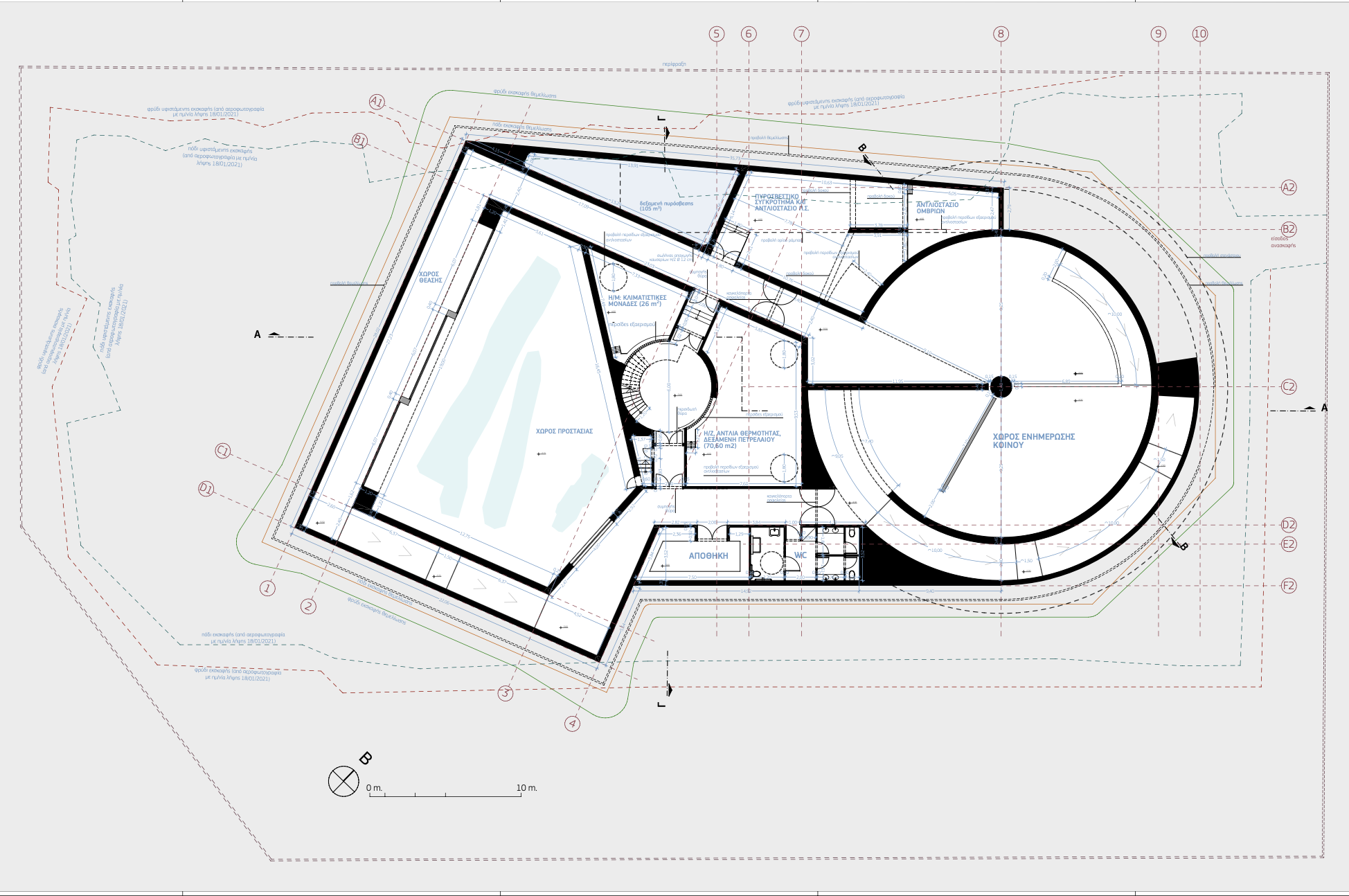
At the beginning of 2023, the issue of the rescue of the “Bondsmen” was redefined with the temporary removal of their skeletons from the site of discovery to a suitably shaped adjacent location, on a concrete sub-base. The removal operations were carried out by sliding on iron rails for the first two clusters and by a crane vehicle for the third cluster, after the osteological material had been encased in wooden structures and the whole find was held together by the construction of a metal spatial grid. To control the environmental conditions, mechanical humidification-dehumidification and air conditioning equipment was installed inside the temporary shell (tent type) and the conditions were continuously recorded by means of electronic recorders.
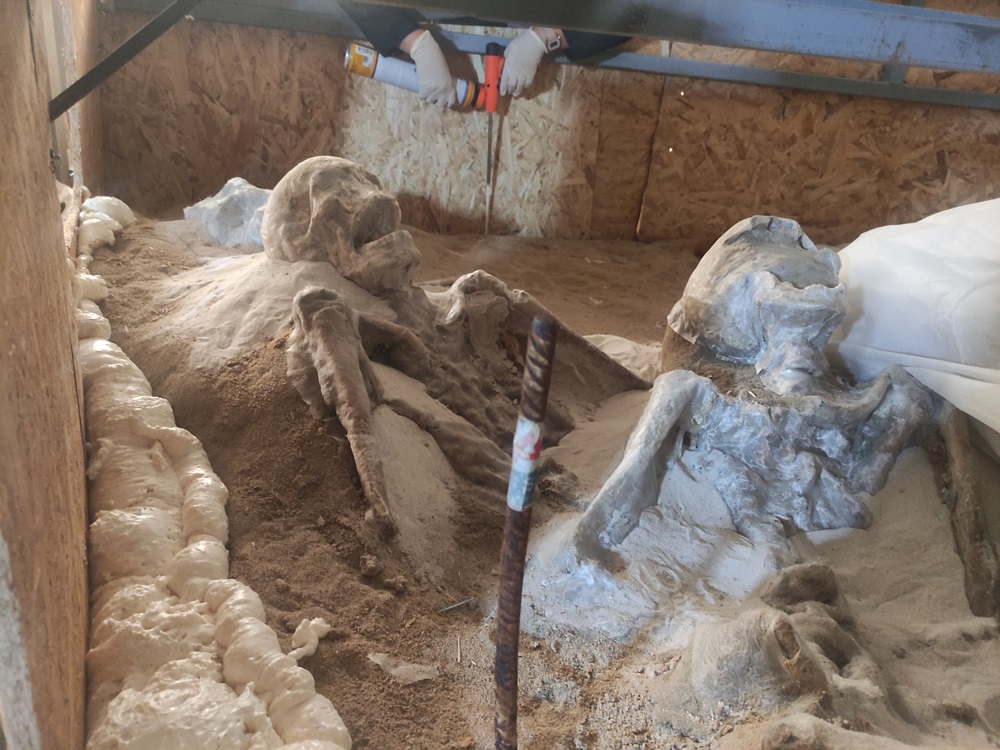
Preventive and salvage maintenance interventions are performed on all skeletal material. The aim of the work is to preserve and protect the find and the arrangement of the skeletal remains, the taphonomy. Due to the retreat of the sandy substrate as it dries, particular attention is paid to the work of retaining the slopes of the pit, while care is also taken to retain and support decaying bones in cases where the sandy substrate which holds them is retreating. Fixing and reinforcement work is also carried out continuously, as well as reinforcement of the protective reinforcement. A noteworthy fact is the difficulty in carrying out conservation work, as access to the site is difficult for conservators.
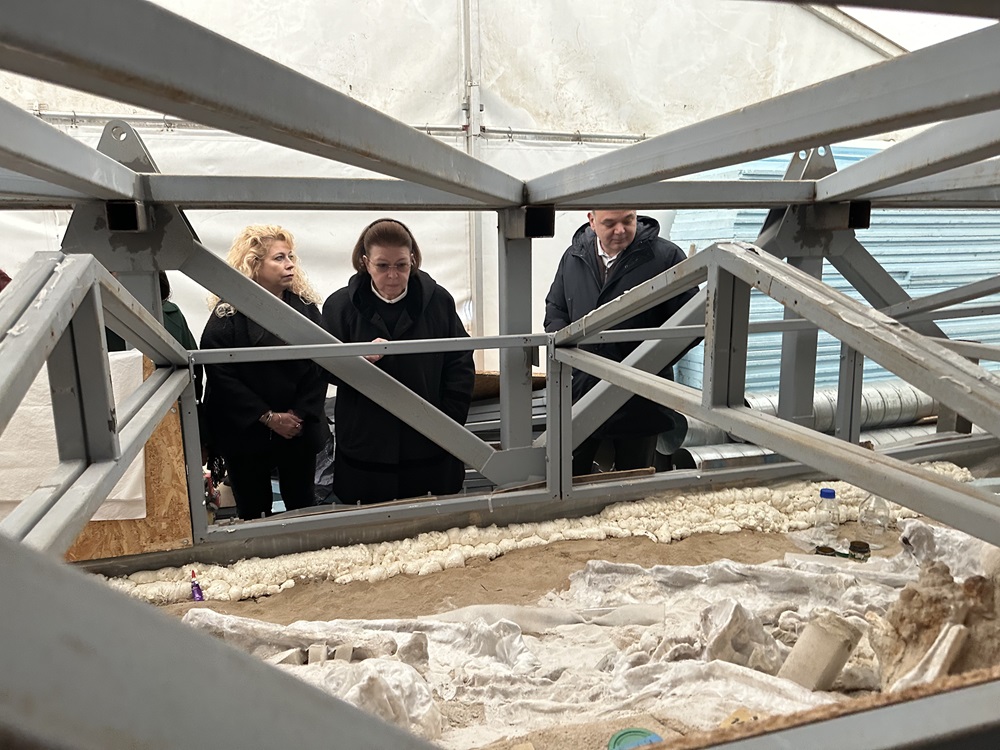
The Ephorate of Antiquities of Piraeus and Islands through the Department of Conservation of Antiquities and Works of Art has set a goal for the completion of the works. The project has been included in the Recovery Fund. The approval of the final design is expected, which will mark the final stage of the rescue and promotion of the artefacts at the site where they were found.

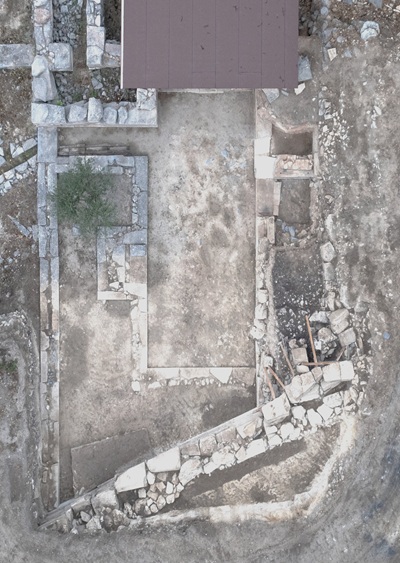
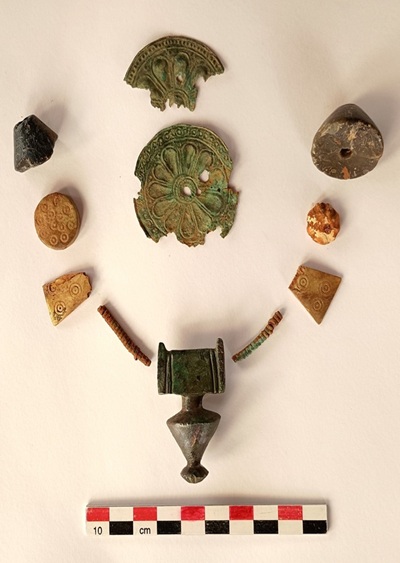
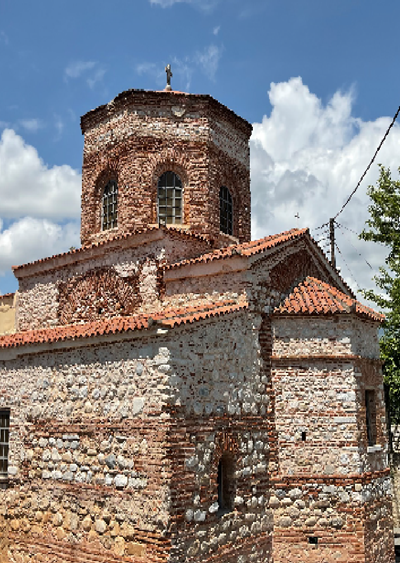
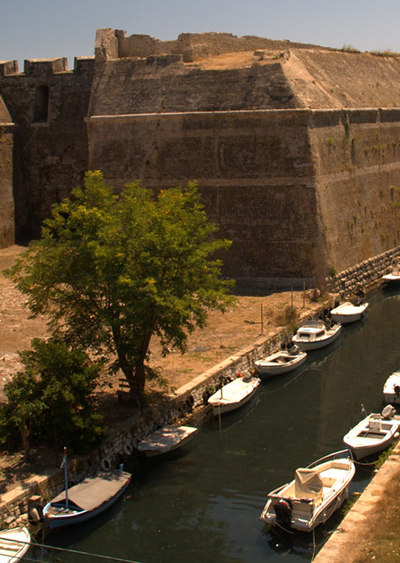


Leave A Comment